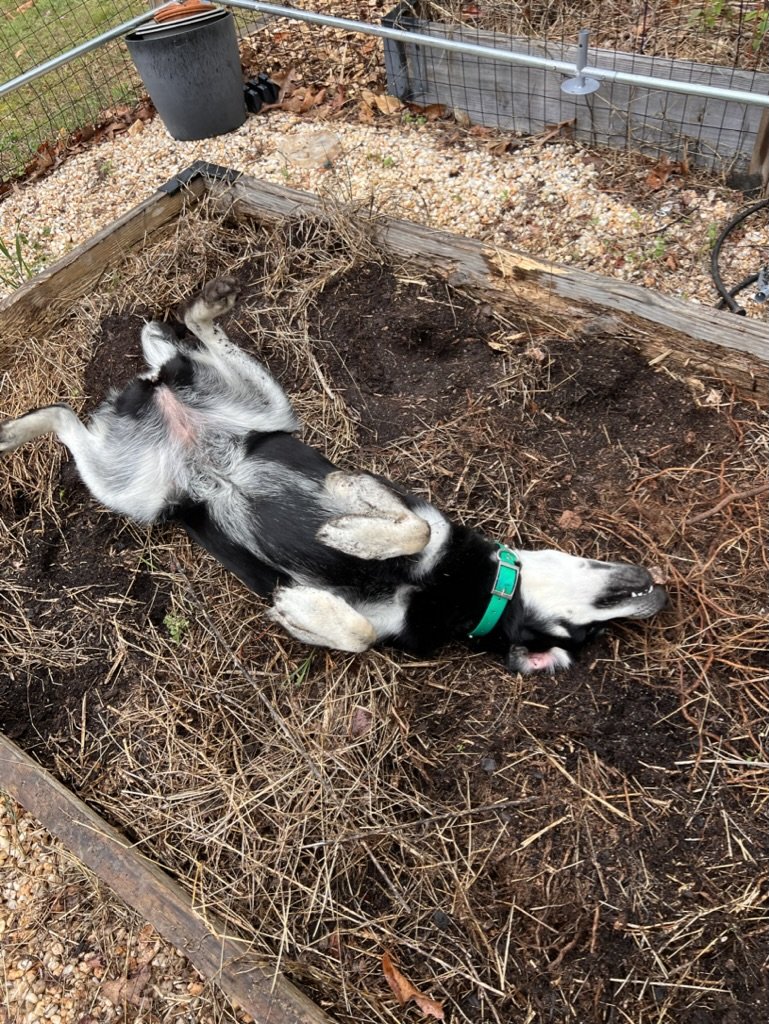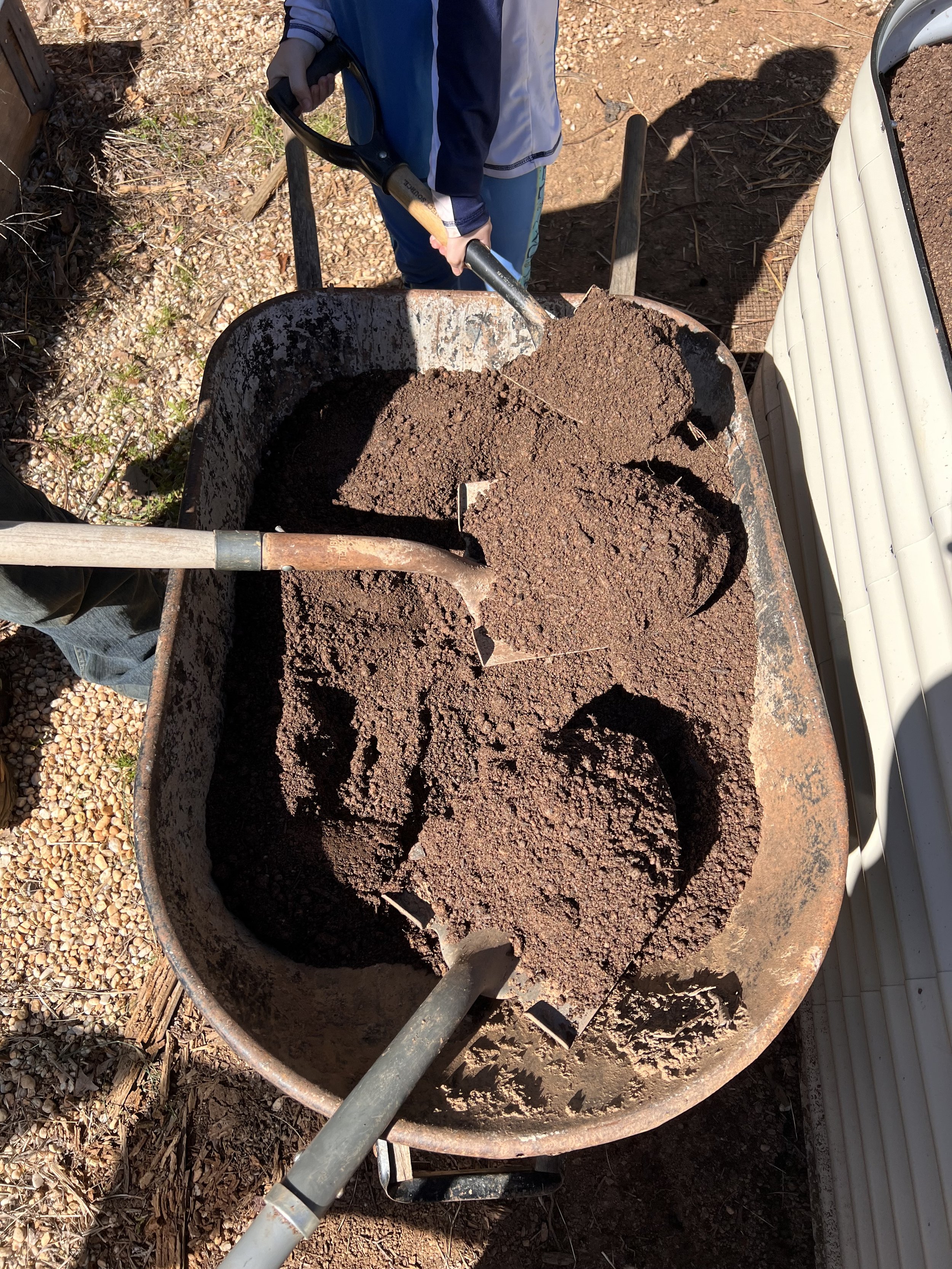Planting by the Moon
This could be a secret part of the gardening puzzle or it could just be folklore… I’ll leave that up to you to decide!
So what does it mean to “Plant by the Moon”? It’s the practice of using the Moon’s phases to take advantage of the magnetic and gravitational impact of the Moon to help your garden grow.
A baby sunflower, planted during the Waxing of the moon
While this is traditional folklore, there might actually be something to it: Farmers who swear by this practice report stronger, healthier plants and larger, more flavorful harvests.
This practice is as old as agriculture, and having been practiced throughout history from the Ancient Egyptians to the Romans, China, Africa, and Native American tribes, this is an easy thing to try if you’d like to give your garden a boost!
Every four weeks, the cycle of the moon “waxes” to full before “waning” down to new again and starting the cycle over. Tides follow the lunar cycle, as the oceans are pushed and pulled by the moon’s gravitational pull. The strongest tides follow the new and full moons.
The same pull affects smaller bodies of water as well, such as the water table that runs below ground (and your garden!) and even the water in the vascular system of each plant because, much like us, plants are mostly water!
Planting by the Moon is fairly simple:
During the Waxing of the Moon, i.e. between the New Moon (when the moon is dark/not visible at night) and the Full Moon, plants that produce their goodies above ground should be planted. This includes flowers, corn, tomatoes, beans, etc. The theory is that as the moonlight increases, plants are encouraged to grow their stems and produce leaves.
During the Waning of the Moon, i.e. the day after the Full Moon and the night before the New Moon, plants that produce their goodies below ground should be planted. This includes flowering bulbs (tulips, for example), carrots, onions, and potatoes. The theory is that as the moonlight decreases, plants are encouraged to focus on growing downward.
Bonny tries to plant herself. I think the Waxing of the moon would give her the best zoomies!
Part of the science behind this theory is geotropism, or how plants grow in response to the gravitational pull of earth.
For example: a tulip bulb is planted upside down - the plant will turn itself around and send its new growth upward and send the roots down in the opposite direction, even though it’s buried in total darkness.
Take this frame of thought (also remember how the tides are affected by that big round thing that’s hundreds of thousands of miles away) and these farmers may be onto something.
Even with some studies behind this planting practice, keep in mind that folklore is usually based on truth. No matter how many games of telephone a story has been through, the truth is still out there! Our ancestors were deeply in tune with nature and, while we have mostly lost this connection as a society, those instincts are still there! I was recently introduced to Geomythology that studies exactly that. Let me know if you’d like to read about it, I have some recommendations!
More hands make lighter work!
Let’s remember that while planting by the Moon can make a fun task out of gardening, there are many other factors that influence plant growth (soil quality, water, sunlight, etc.) and remember that seeds will grow any time they’re planted when given the right environment, care, and attention they need.
There is also the fact that abiding by the moon may not align with your schedule or the weather! Be practical and realistic with yourself. And remember to have fun and be happy - otherwise, what’s the point?
If you’re curious and want to give it a try in your own garden, Farmer’s Almanac has a Planting Calendar that includes moon dates. Happy planting!
March Farm Updates
March brought on warmer weather, so everything is sprouting and starting to grow! The cool season flowers were planted out earlier this month and are doing splendidly along side their overwintered bretheren.
Not long after Dweezil celebrated a big birthday, Bonny turned 2! Our sweet girl was smitten with her birthday treat and new toy.
Make it stand out
She was so patient but you can tell she was ready to gobble it up!
Those rascal chickens don’t let me go for long without having to reinforce a fence or make some sort of adjustment to make sure they don’t devour my beloved plants. I love and appreciate them for their amazing weeding capabilities and pest control (also the eggs!), but dang, those girls haven’t a care in the world for what they eat! I installed a 4’ fence to separate the flower farm section of the garden from my personal vegetable garden.
The chicken wire fence is discreet, but the chickens are not
(The tunnel running toward the camera to the right is for them to weed in between the rows. You can just barely make out one of the grey chickens using the tunnel!)
And the spring project I’m probably most excited about: the trellis tunnel! It was really quick and easy to build on my own and I’m excited to get some things planted once our frost date passes.
Rebar, cattle panels, and an hour later…
Along this tunnel will be Hyacinth Bean, pumpkins, pole beans, and melons. This will be really easy to add on to in the future. Eventually our whole front yard will be planting space… at least, that’s my goal!
Another big project was dividing the hydrangeas. There are now 15 bushes lining our driveway and front walk.
I can’t wait to see them all in bloom!
Lots of exciting things coming up this spring for Giardino Foresta! Fresh bouquets will be returning to Daily Grind, Mother’s Day bouquets are available to order, and in May I will be participating in the Jefferson-Madison Regional Library’s How-To festival! More details coming soon, so keep an eye out on social media and on Where To Find Us!
I hope you all have a chance to go outside and soak in the spring weather wherever you are. It’s a magical time of year and my favorite season of all. Cheers!








